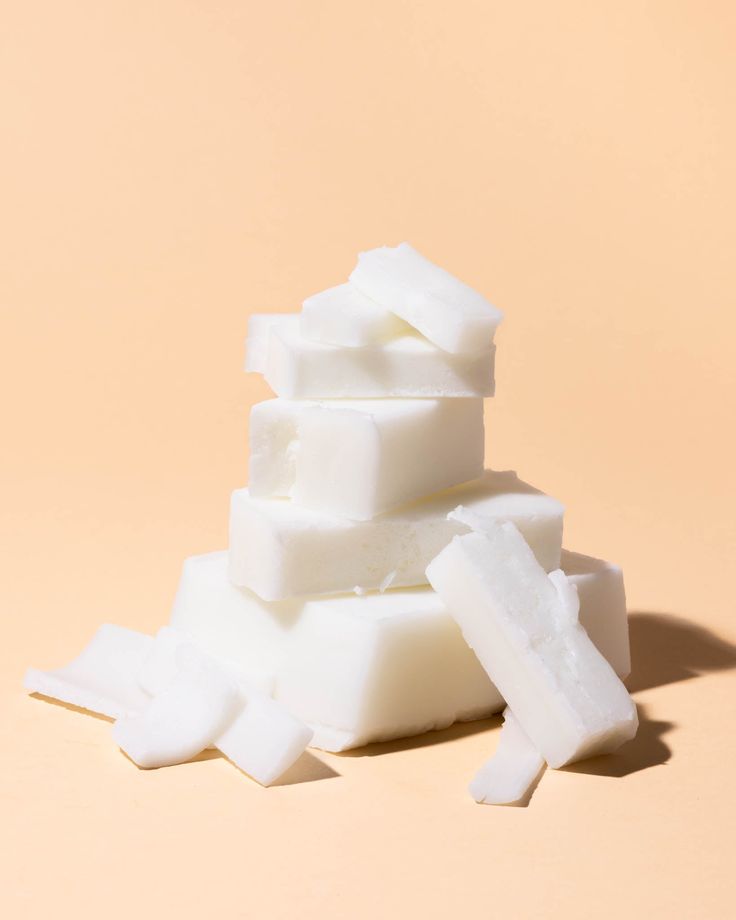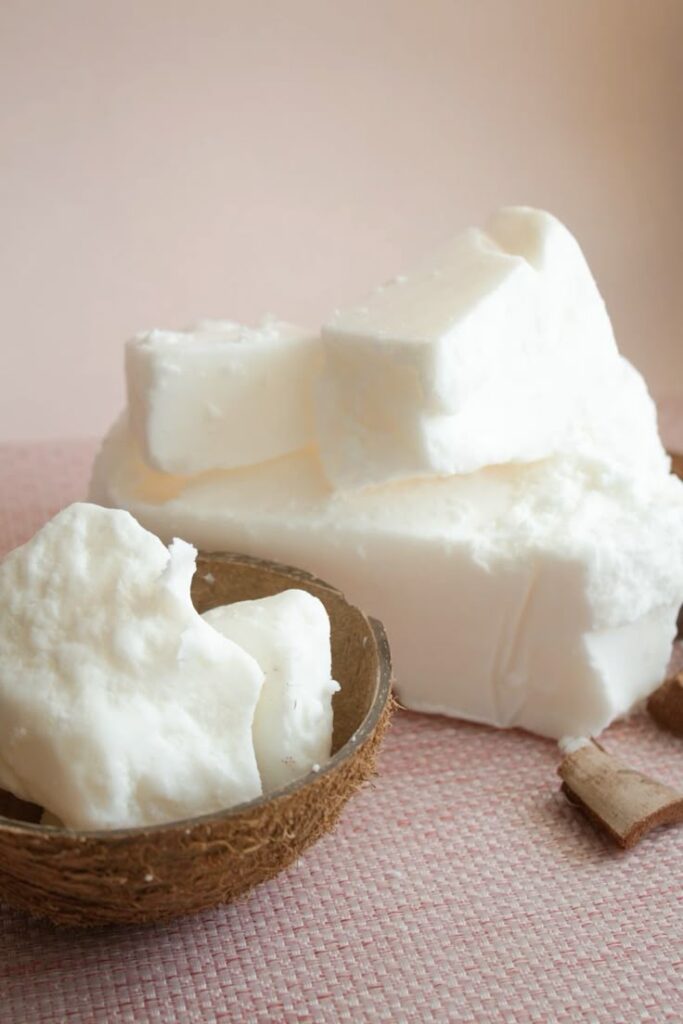Introduction
Paraffin is one of the most widely used substances across various industries, with a particularly important role in candle making. Derived from crude oil, paraffin is available in solid, liquid, or gel form, and its diverse applications depend on its type and fat content.

What Is Paraffin?
Paraffin is a compound made up of saturated hydrocarbons, obtained through the distillation of crude oil. It is colorless, odorless, and tasteless, and exists in solid or liquid form at room temperature. Due to its specific physical properties—such as an appropriate melting point and chemical stability—paraffin is used in a wide range of industries
Types of Paraffin
- Solid Paraffin: Commonly used in candle making, insulation, and the textile industry.
- Liquid Paraffin: Widely applied in the cosmetics, pharmaceutical, and hygiene industries.
- Gel Paraffin: Due to its high transparency, it is used for creating decorative and ornamental candles.
Paraffin in Candle Making
Candle making is one of the primary applications of paraffin. It serves as the main ingredient in candles, offering benefits such as even burning, smokeless performance, and high moldability.
1% Heavy Paraffin: The Ideal Choice for Professional Candle Making
1% heavy paraffin, due to its low oil content and dense structure, is an excellent choice for making molded candles. It holds its shape well, producing candles with smooth and even surfaces. Additionally, its slower melting rate results in longer burn times, making it ideal for high-quality decorative candles.
Other Applications of Paraffin
- Cosmetic and Personal Care Industry: Used in the production of creams, lotions, and skincare products.
- Food Industry: Applied as a protective coating for fruits and vegetables.
- Pharmaceutical Industry: Serves as a lubricant in the manufacturing of tablets and capsules.
- Textile Industry: Used to enhance fabric resistance against water and stains.
Key Tips for Buying High-Quality Paraffin
- Oil Content: Paraffins with lower oil content (such as 1%) are more suitable for candle making.
- Clarity and Color: High-quality paraffin is usually clear and white or off-white in color.
- Melting Point: Choose the melting point based on your specific use case.
- Source: Purchasing from reputable and experienced manufacturers ensures product quality.
Conclusion
Paraffin is a versatile material with wide-ranging industrial applications. In candle making, choosing the right type of paraffin significantly affects the final product’s quality. Thanks to its unique properties, 1% heavy paraffin is an ideal option for producing professional-grade candles. By considering the key factors mentioned above, you can select the best paraffin to suit your specific needs.


